They may not be cuddly, charismatic or cute to many humans, but amphibians and reptiles are fascinating and important. That was the message on Oct. 25 when Alonso Abugattas gave a tutorial to 85 people on herpetofauna.
Amphibians and reptiles are two related but different groups. “Herps” are vertebrates and ectothermic or cold blooded, meaning they cannot regulate their body temperature and rely on their environment such as sunlight or a warm surface. Most undergo a dormant state in winter called brumation.
To see these animals, you have to go to the right habitat at the right time of year, Abugattas advised.
Amphibians
Amphibians live in and on both water and land. They produce eggs in the water and have an aquatic, gill-breathing, larval stage, typically followed by a terrestrial lung-breathing adult stage. They go through metamorphosis, for example, from a tadpole to a frog.
Virginia’s amphibia include 28 frog species, 59 salamander species, nine lizard species and 34 species and subspecies of snakes.
The green frog is the area’s most common frog. Abugattas cautioned that color is not a reliable way to identify a frog. A tip: if the eardrum is larger than the eye, it is a male; if it’s the same size as the eye, female.
The American bullfrog is North America’s largest frog, up to eight inches in size. “These are the boys that make all the noise,” he quipped, but some females also call. “The bullfrog is a mighty predator. It eats everything including other frogs. In a small pond, he’s the king,” he commented.
Salamanders can regrow their tails, limbs and organ parts and they eat each other. They do not move very far, so if people destroy their habitat, it could take years for them to return. The Eastern red-backed salamander, with a reddish stripe on its back, is Northern Virginia’s most common salamander, normally found under woodland logs and debris.
Reptiles
Virginia has 71 reptile species, including 25 species and subspecies of turtles. Reptiles can have claws, scaly skin on part of all of their bodies or shields. Young reptiles are miniatures of their parents.
The woodland box turtle, our only land turtle, has a domed carapace or shell and can close itself inside its shell. This turtle can eat almost anything, including poisonous mushrooms.
Eastern painted turtles have two yellow spots behind their eyes, long front claws and red marks on the bottom of their carapace.
Abugattas dubbed the 11-inch-long red-eared slider the “pet store turtle.” Originally from the Midwest, they are now the most common turtle worldwide. They typically have a red splotch behind their eyes which gets darker as they age. They compete with native turtles for the same food and nesting and basking sites.
The snapping turtle is the largest freshwater turtle here, around 18 inches long with a long neck that cannot fit inside its shell. These turtles can weigh 75 pounds. Noting that the snapping turtle can lay 100 eggs, Abugattas called it “highly predatory.”
Some advice: If you have to pick up a turtle, grasp its back. Grabbing its tail can damage the turtle’s spine.
Most snakes are harmless and help control rodents. Snakes won’t attack you if you don’t bother them, Abugattas explained, adding that most people who’ve been bitten by a venomous snake were trying to kill or capture it. Leave them alone, he urged.
Northern Virginia’s most common snake is the Dekay’s brownsnake, a tiny gray to brown snake with paired spots along the back. In the fall, it seeks places to hide.
The Eastern ratsnake, the area’s largest, has a checkerboard belly, climbs trees and eats anything. The cold-tolerant, Eastern gartersnake, our state reptile, is out year-round.
The copperhead is the only venomous snake here. “No one in Virginia has ever died from a copperhead’s bite,” he said.
Abugattas, a naturalist and environmental educator, founded the Capital Naturalist.
The program on amphibians and reptiles was sponsored by four “friends” groups: Friends of Dyke Marsh, Huntley Meadows Park, Mason Neck State Park and Little Hunting Creek.
Information
* The presentation, www.fodm.org
* “The Reptiles and Amphibians of the Washington, D.C. Metropolitan Area,” by Alonso Abugattas, www.nature-forward.square.site/shop/books, $25.00
* Capital Naturalist, http://capitalnaturalist.blogspot.com
Award winning naturalist, storyteller, and environmental educator Alonso Abugattas, the Capital Naturalist, shares his insights on the natural world. Some of the wonders of the natural world found right around the Washington, DC Metropolitan area will be shared using his own photography and his life-long experiences. Search “Capital Naturalist” on Facebook.
Photos by Alonso Abugattas
American toad
Bullfrog and painted turtle.
Beneficial Eastern gartersnake.
Green Frog
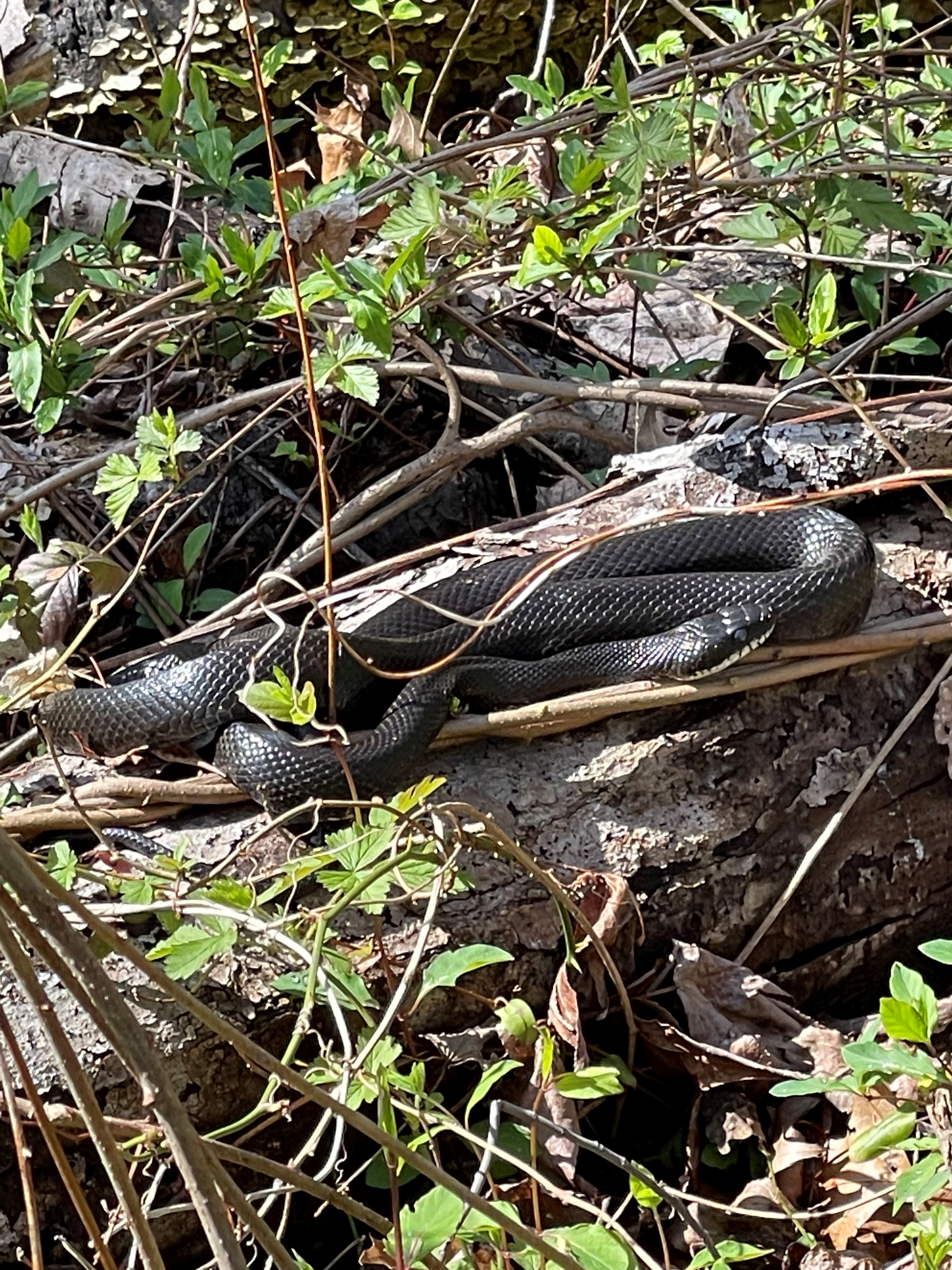
Eastern ratsnake, also beneficial, at Huntley Meadows
Redbacked salamander.
Common snapping turtle.
Spotted salamander
Spotted salamander
A pair of Eastern Red-backed salamanders

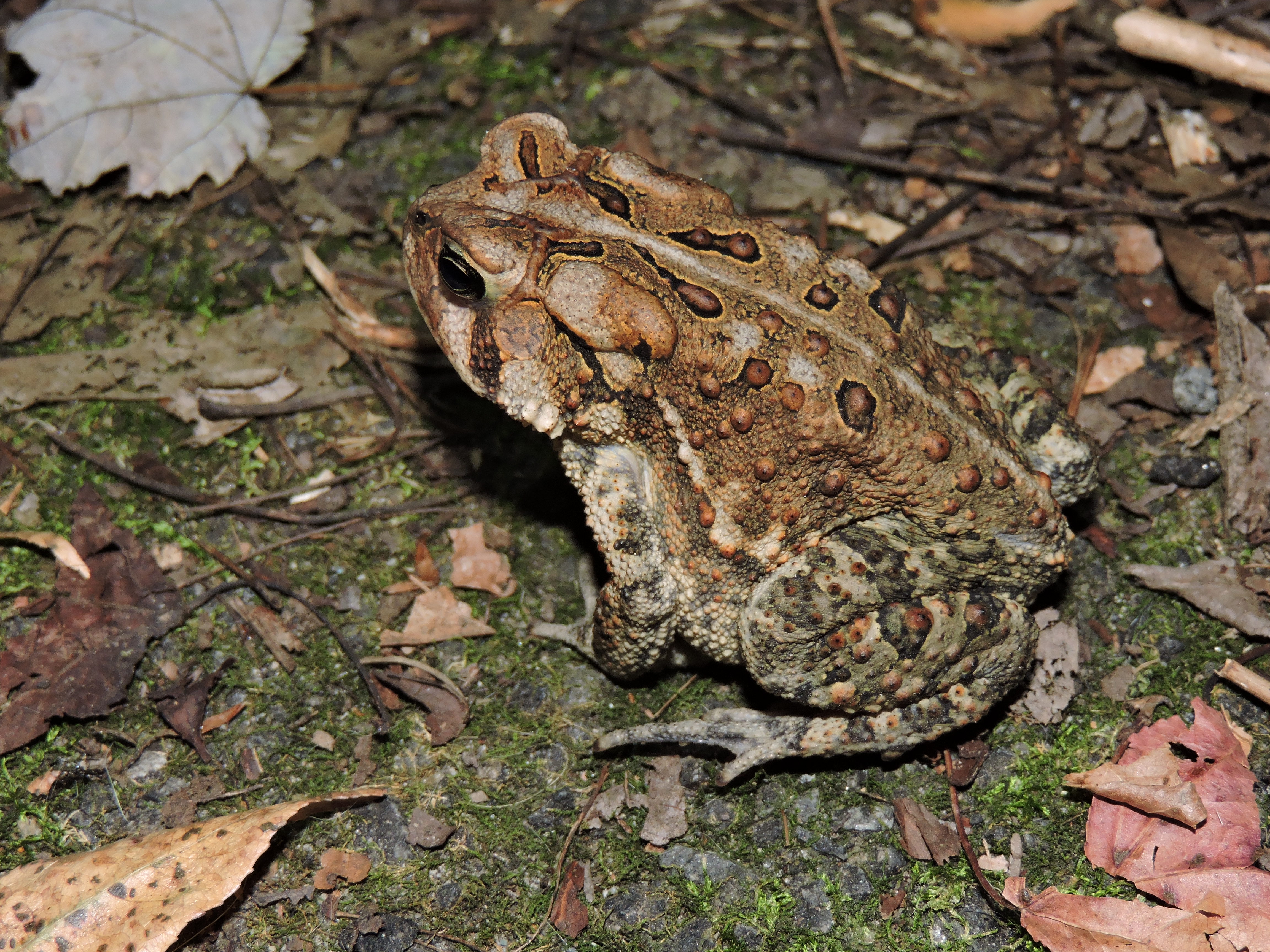

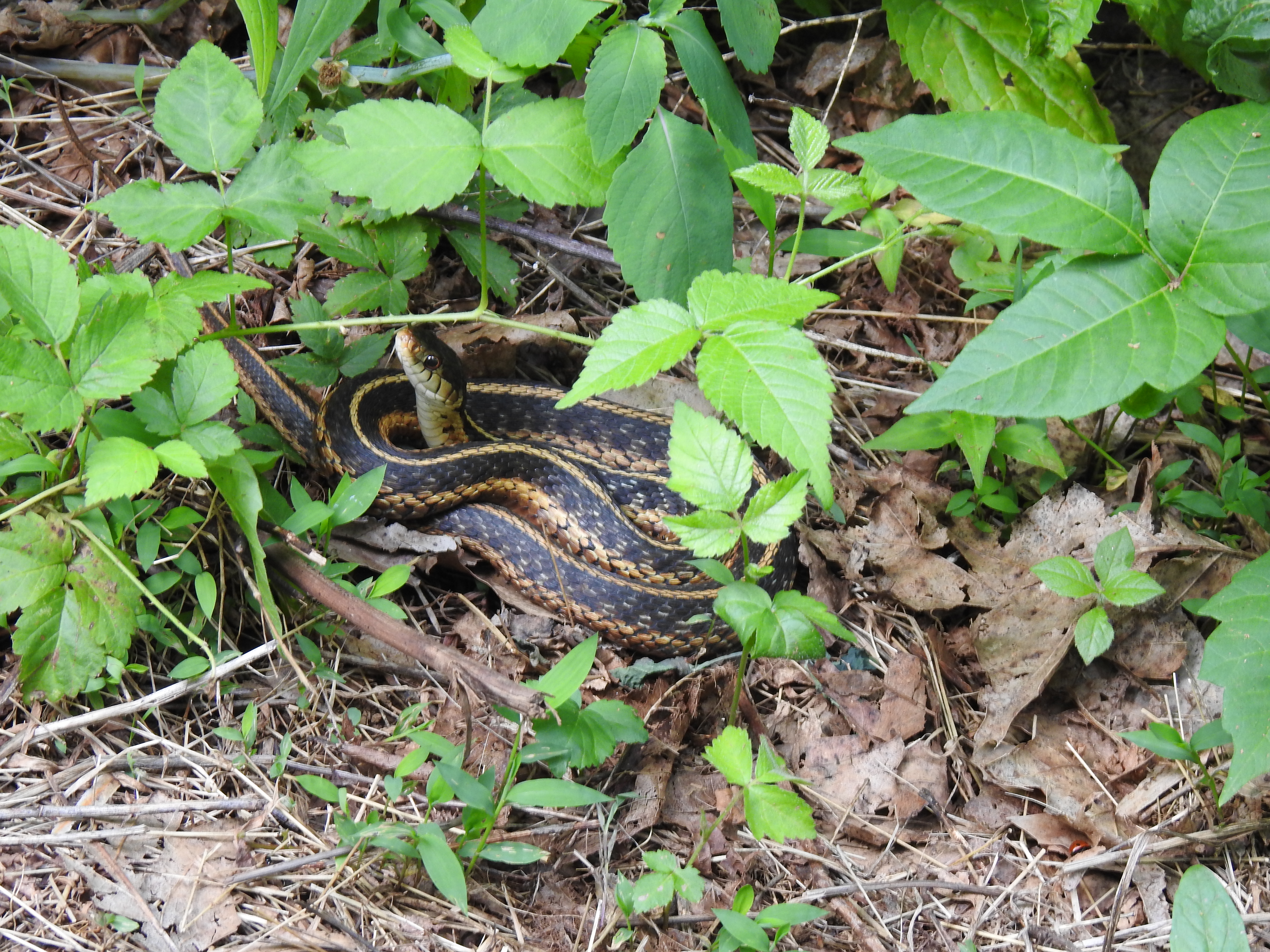

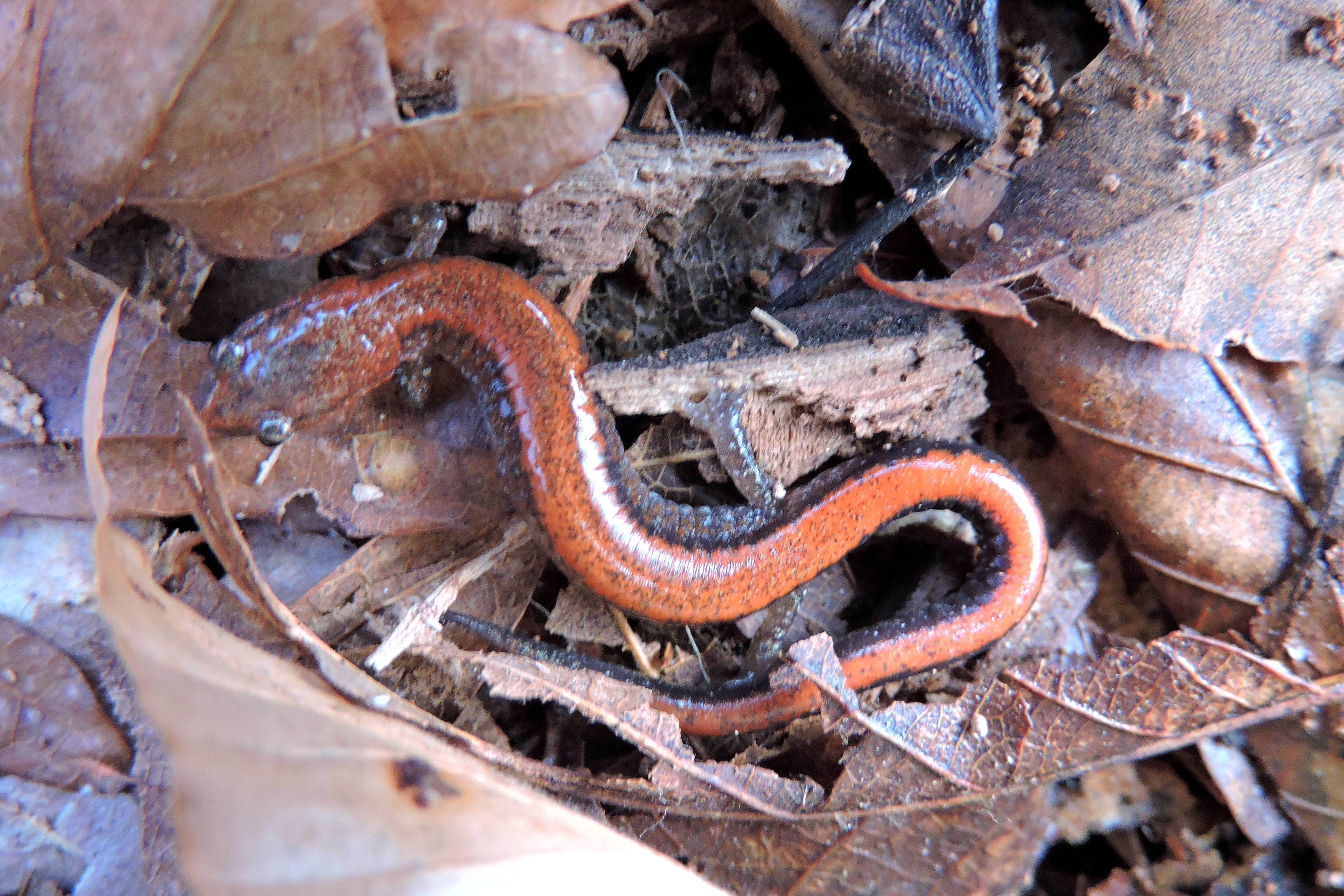
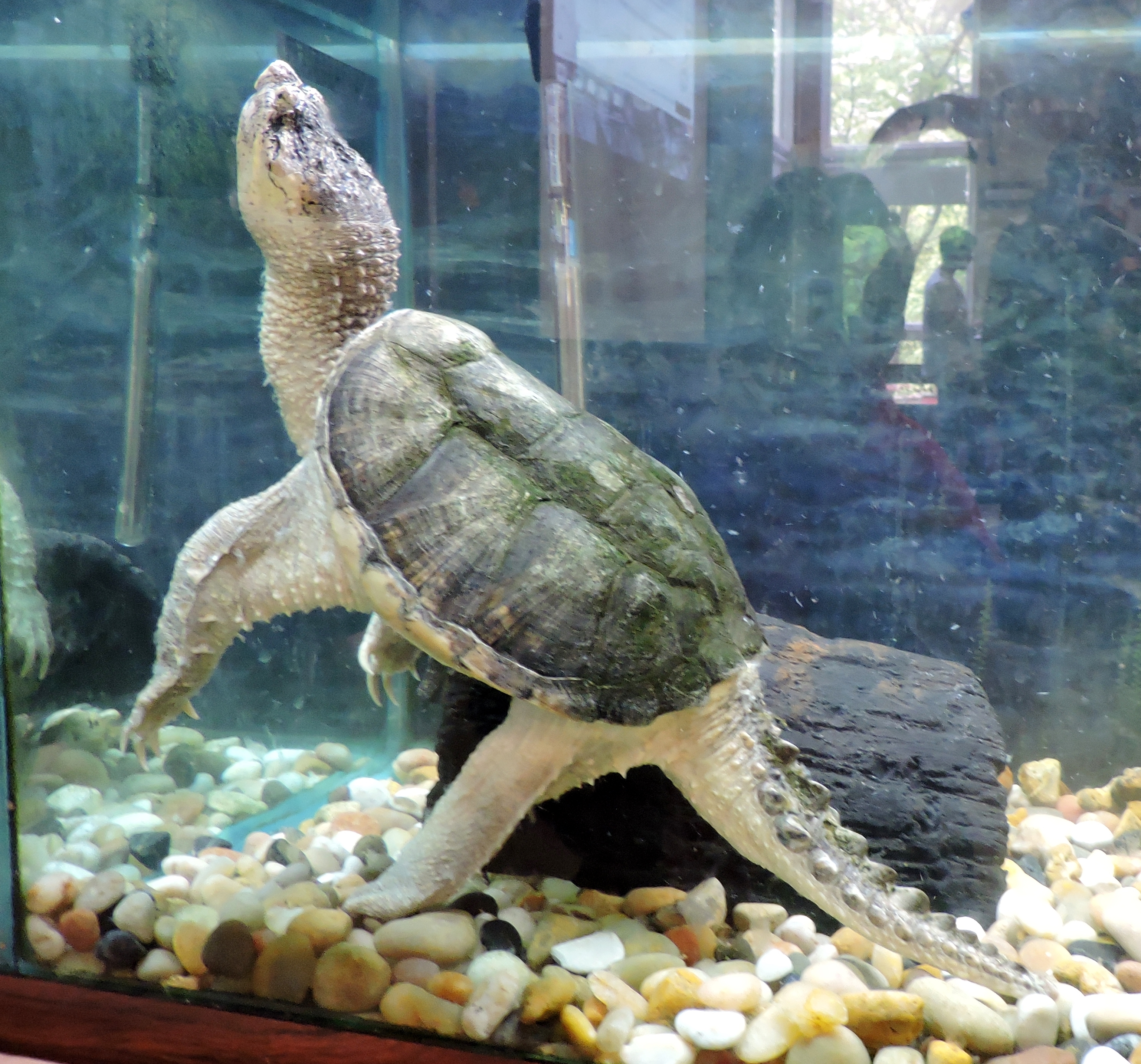
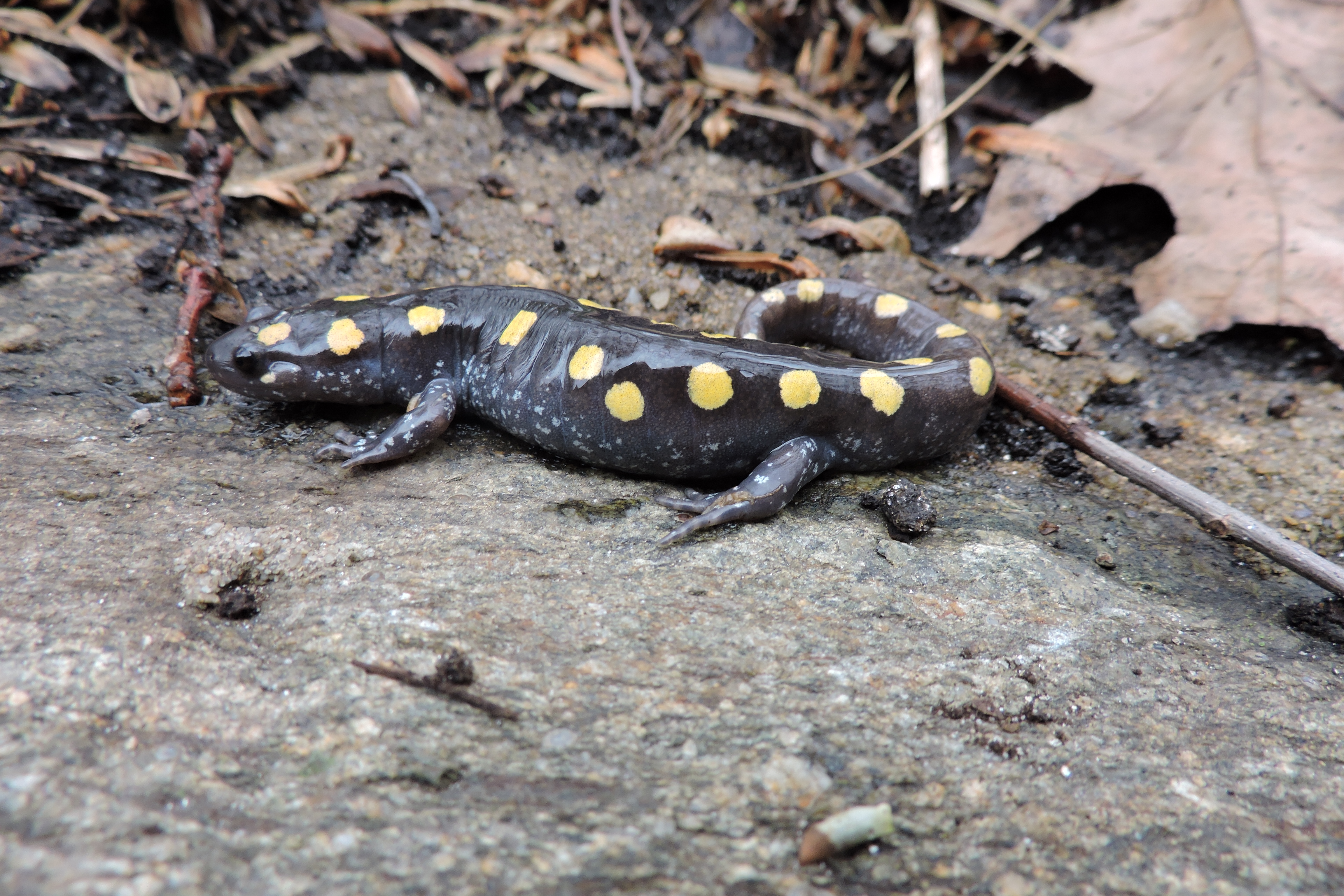
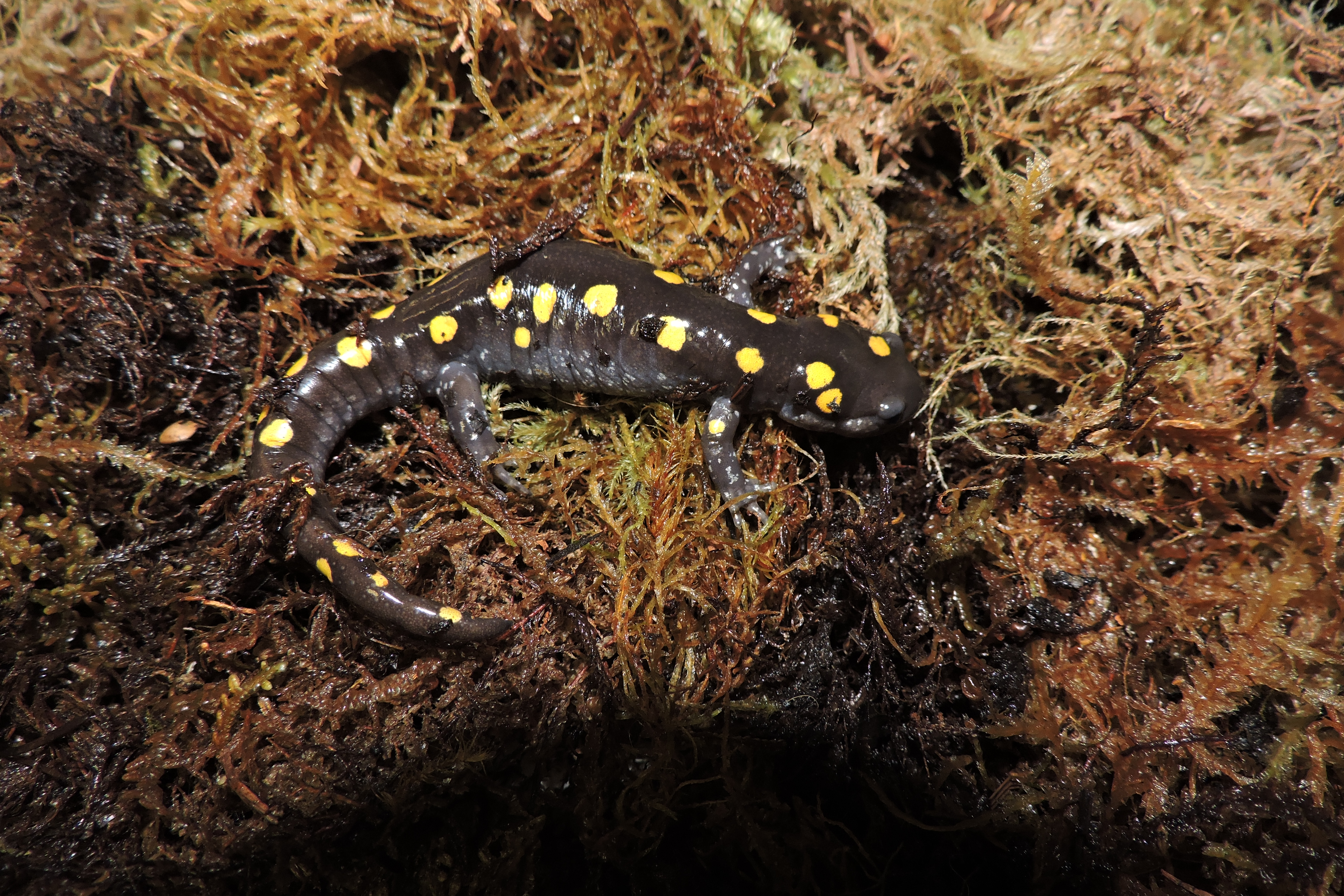
.JPG)